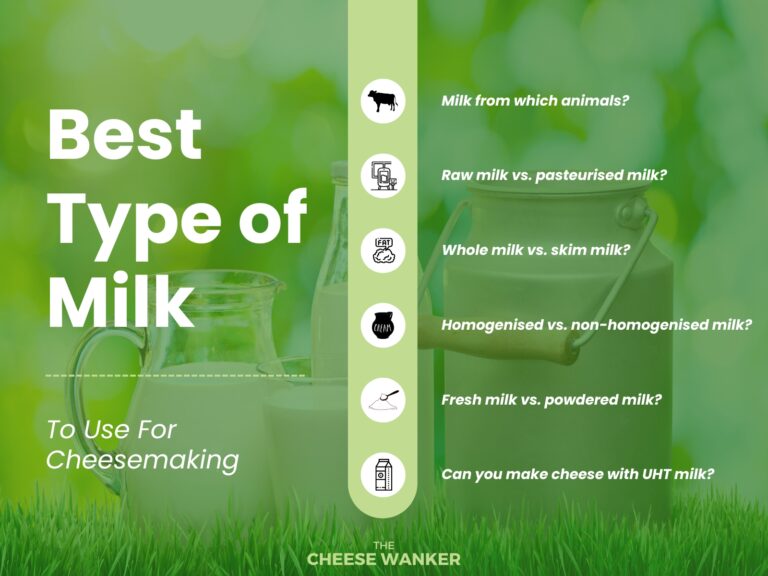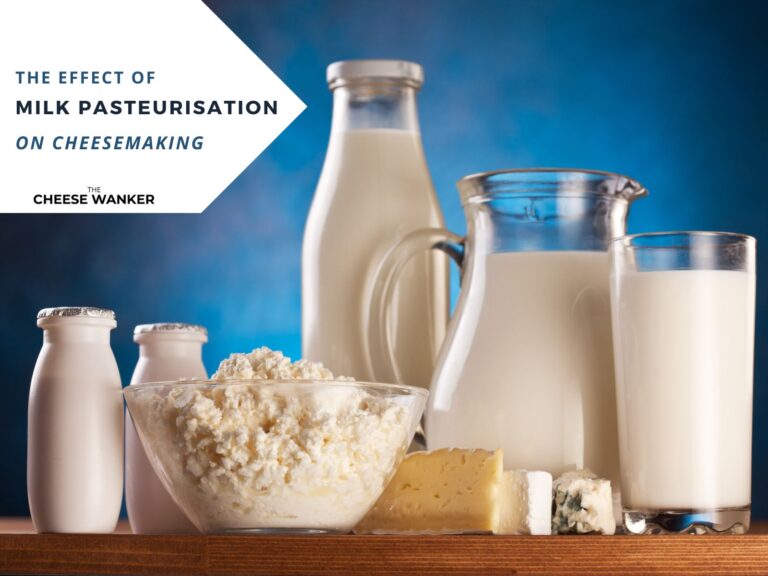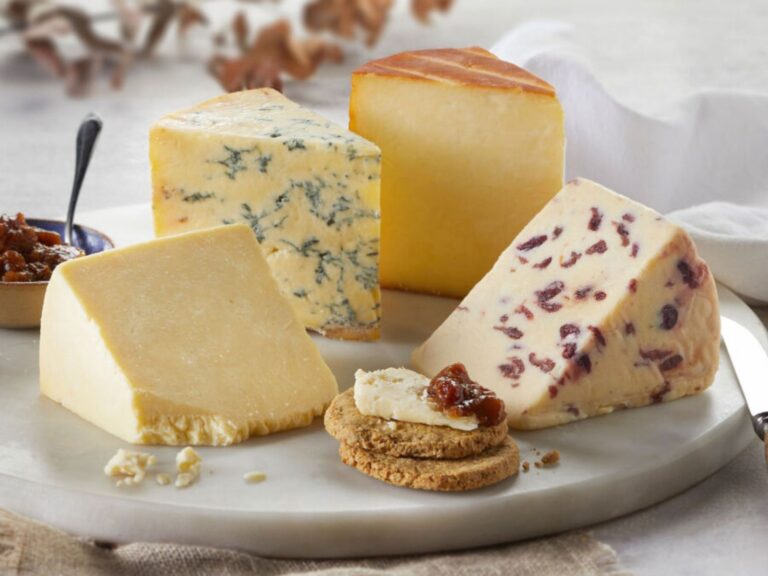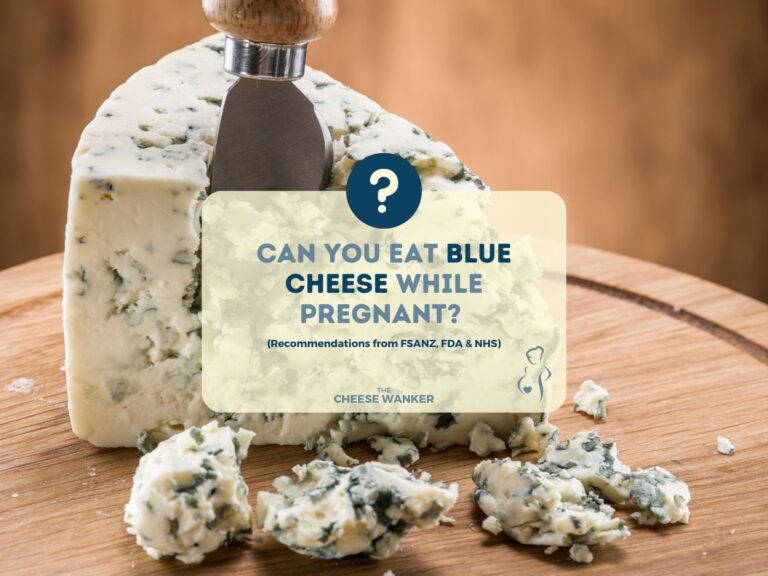Undoubtedly, Stilton is one of the most famous and loved blue cheeses from anywhere in the world. But did you know that the Stilton we enjoy today is actually quite different to the original raw milk Stilton? Read our article to find out what happened to raw milk Stilton. And also which contemporary cheeses are the closest to the original in flavour and texture.
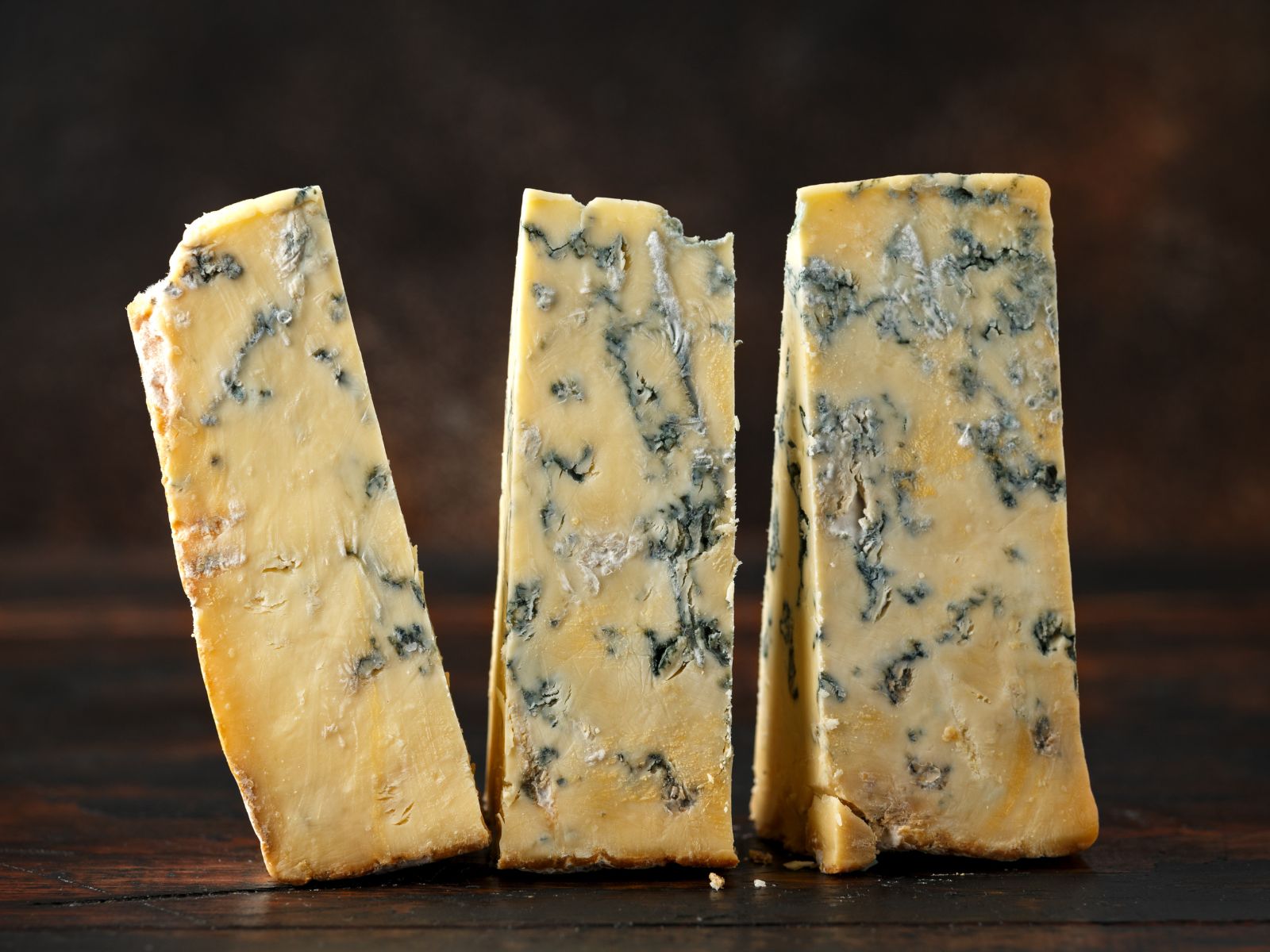
SEE ALSO: Nine best Swiss cheeses that are guaranteed to knock your socks off →
History of Stilton
Let’s start with a quick history lesson.
Actually, Stilton finds its origins in the early 1800’s. The exact date is still debated to this day. But, what we know for sure, is that artisans have been making this remarkable blue in the neighbouring counties of Nottinghamshire, Derbyshire and Leicestershire for the better part of two centuries.
And, from day one, they used a very specific starter culture and, most importantly, local raw cow’s milk. Over the years, Stilton developed into a creamy, multi-dimensional blue that became a favourite for so many of us.
1989 – Annus horribilis
However, little did we know that, in 1989, the cheese was about to change forever. 1989 was a horrendous year for the dairy industry in England. An outbreak of Listeria food poisoning was instantly attributed to the use of raw milk in making Stilton.
While the connection between the two was never actually proven, Stilton producers were put on public trial and the industry was facing a looming crisis.
A drastic decision by the SCMA
In order to save themselves, the Stilton Cheesemakers’ Association (SCMA) decided to start using pasteurised milk instead. Furthermore, they mandated that, for a cheese to bear the Stilton name, it had to be made with pasteurised milk.
So, what does this actually mean for the cheese?
The flow on effect of pasteurisation
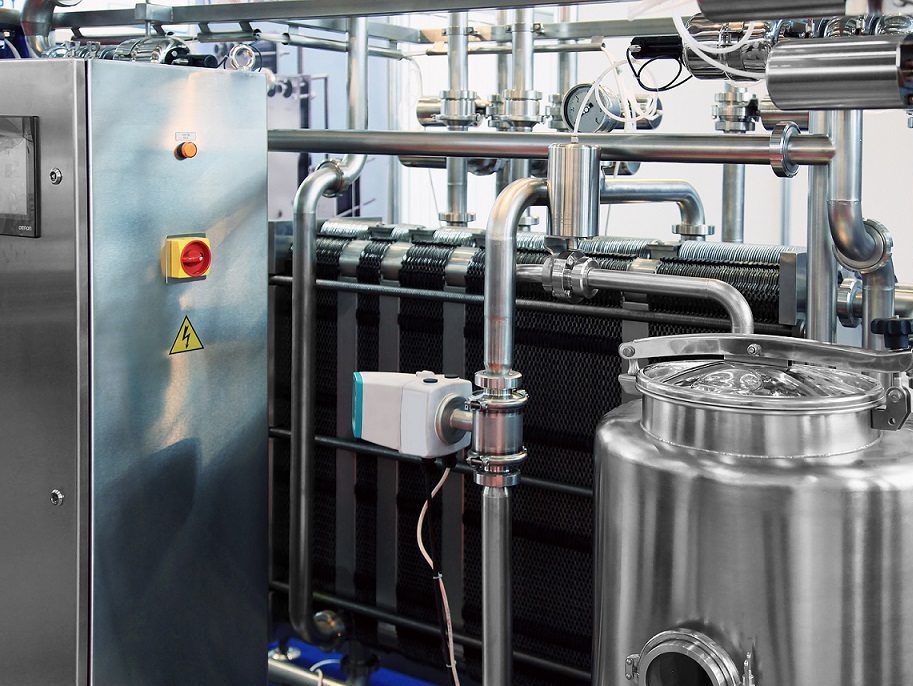
Firstly, pasteurisation removes all the natural bacteria from the milk, the good and the bad. As a result, the cheese loses some of the characteristics that could be attributed to its terroir.
Moreover, the original starter culture (called MT36) had to be changed to allow for the different microbial composition of the milk. Consequently, a significant number of steps in the production had to be altered to compensate for the change in milk and culture.
The birth of a very different Stilton
Because of all of those changes, the Stilton we have now is actually quite different to the one that had been made up to 1989.
Now, I want to emphasise that I am not saying that the current Stiltons are actually inferior to the traditional ones. Just that they are different.
Raw milk Stilton, but under different names
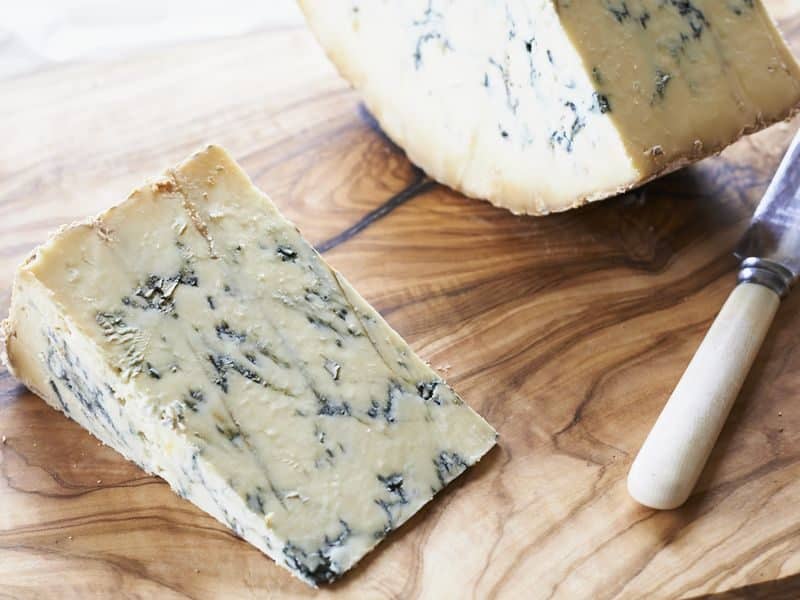
So, now you know what happened to raw milk Stilton. Were you one of the lucky ones who got to taste Stilton before the change?
If you answered no to this question, don’t despair. There are currently two raw milk blue cheeses that are made in England using the original starter culture.
Because of the SCMA mandate, they weren’t allowed to use the name Stilton. So, the cheeses are named Stilchelton and Sparkenhoe Blue instead.
